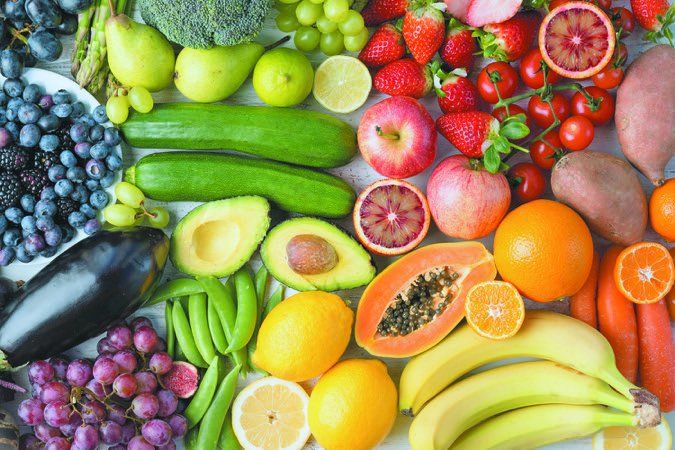On the other hand, every year the Environmental Working Group (EWG) tests 40,000 samples of 47 fruits and vegetables and publishes a report of those with the highest and lowest amounts of pesticide residue. These lists are known as the "Dirty Dozen" and "Clean 15." This year, the EWG found 92 percent of kale samples contained two or more pesticide residues. Up to 18 different residues were found on a single sample; 60 percent contained a pesticide classified as a possible human carcinogen. A different pesticide known to be toxic to the human nervous system was widely found on hot peppers.
To continue reading this article or issue you must be a paid subscriber.
Sign in






